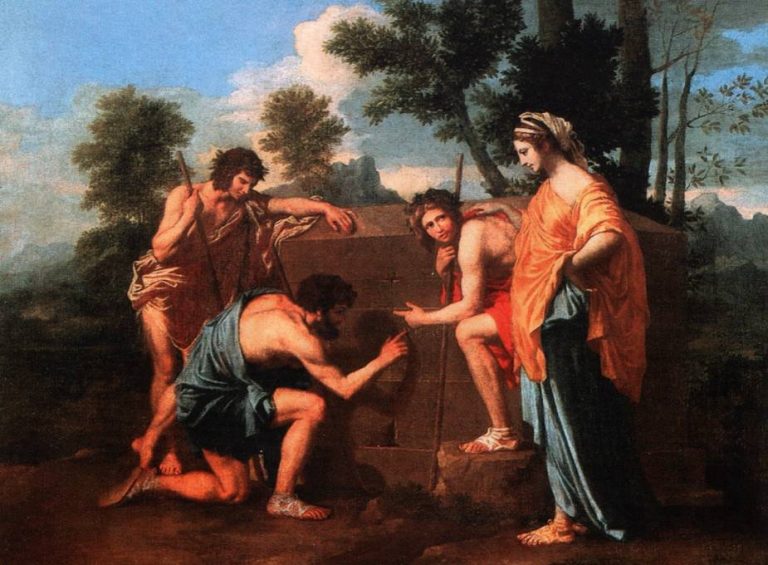1601 - 1901
Classicism

description
Synopsis:
1601 – 1900
Classicism was an artistic style of the XVII-XIX centuries. Its aesthetic ideal is the arts of ancient Greece and Rome. The basis of Classicism is the idea of Rationalism. Italian Renaissance painting is marked by its renewal of classical forms, motifs and subjects. From the point of view of Classicism, paintings must be built on the basis of strict canons, thereby revealing the harmony and consistency of the universe. The Classicism is interested in only eternal and unchanging themes. Each genre of this artistic style has strictly defined characteristics, the mixing of which is not allowed.
Key ideas:
Historically, Classicism has gone through two stages. The first stage is connected with the flowering of monarchic states, when absolutism contributed to the development of all spheres of society (economy, politics, science and culture). The main aim of the Classicists at that stage was the glorification of the monarchy and the national unity of the state under the rule of the King. At the second stage of historical development, the monarchy revealed its shortcomings, which led to a change in the direction of Classicism. Its representatives criticized social vices and exposed human vices.
description
French painter, art theorist, and one of the founders of Synthetism. Louis Anquetin is also known as the pioneer of Cloisonnism, a new method of painting that he developed together with Emile Bernard in 1887. This style became the basis for the picturesque “synthetic” symbolism and brought the artist glory as well as recognition his contemporaries.
1861 - 1932
